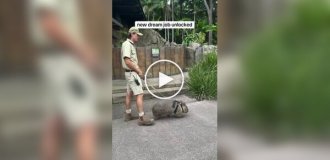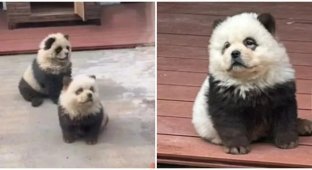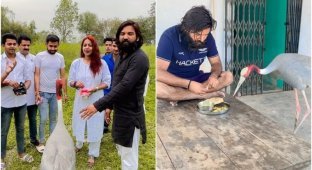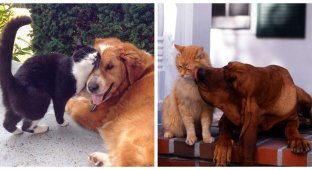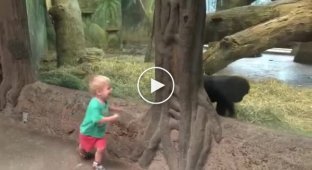Wild donkey: the last 700 animals survive in the wasteland (8 photos)
While everyone is saving pandas and Amur tigers, somewhere in a godforsaken desert wild donkeys that no one wants are dying out. For example, have you ever heard of them? Of course not! And by the way, there are only a few hundred of the long-eared ones left! 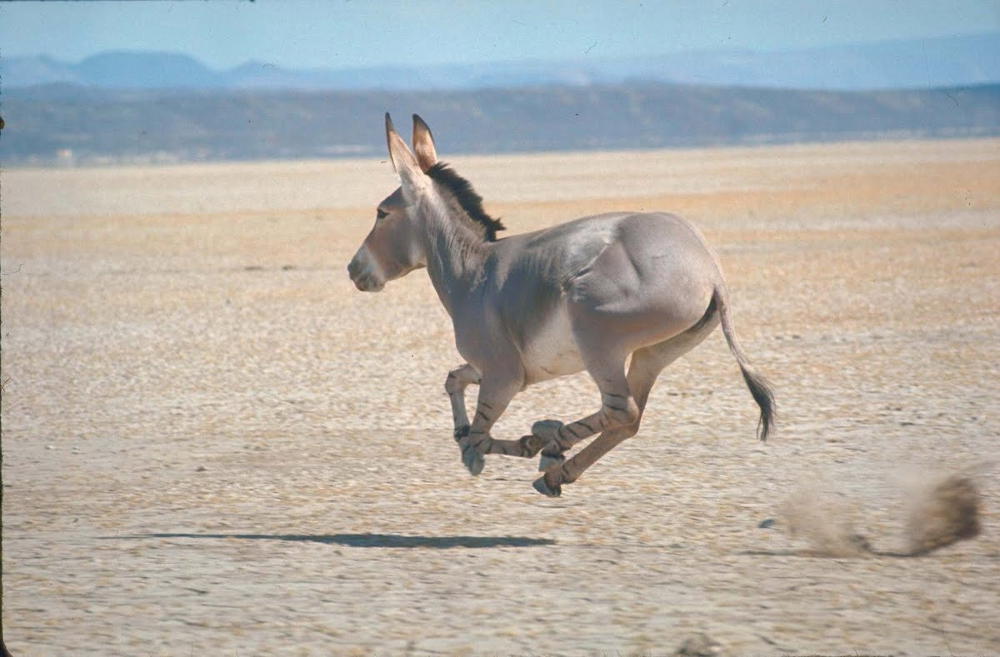
Well, extinction, let's play tag?
At first glance, they look like ponies in spats: 120 centimeters at the withers, 250 kilograms of weight and original black stripes on the legs. Of course, wild donkeys have nothing to do with real ponies: these long-eared ones are the direct ancestors of domestic donkeys. And here’s the paradox: because of the domesticated version, primitive donkeys are at even greater risk of extinction! I gave birth to you, I will kill you in the opposite version. 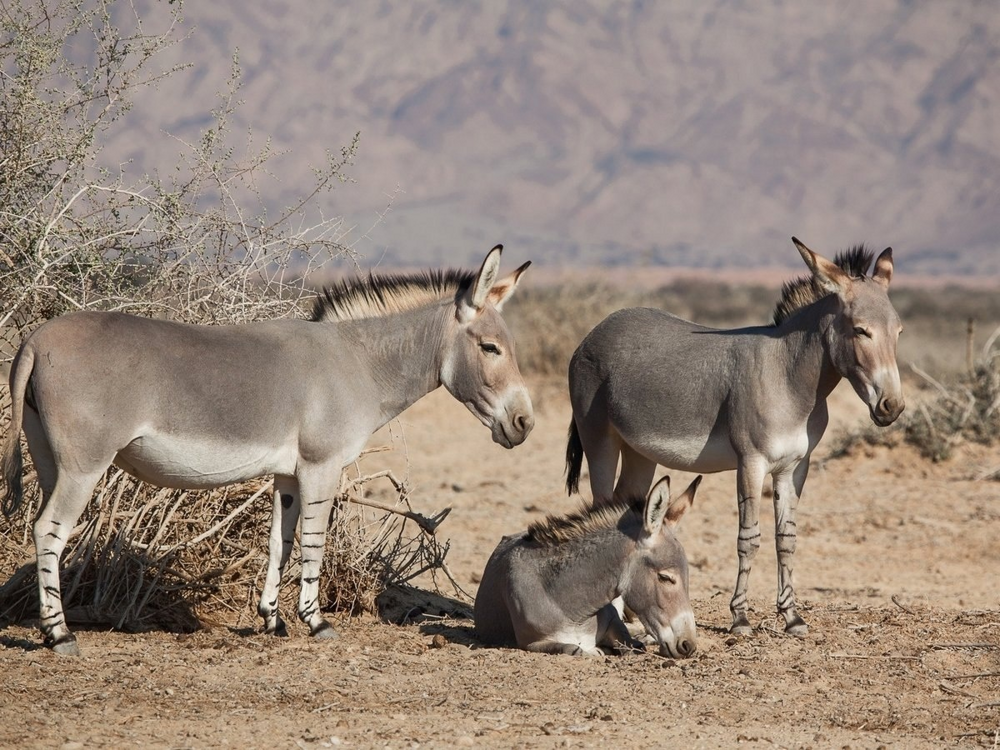
Usually grandchildren help older relatives, and do not wipe them out from the face of the Earth...
The range of donkeys is rapidly declining. And the reason for this is grazing of domestic animals. Yes, including donkeys. Close proximity inevitably leads to interbreeding and the loss of original wild DNA: over 5,000 years of living next to humans, domestic ungulates have accumulated a number of changes in chromosomes. 
No gratitude from descendants for now living in green pastures and eating fresh grass!
You can find remnants of long-eared animals in the arid and desert regions of Ethiopia, Somalia, Eritrea, Sudan and Djibouti. According to various sources, the population of wild donkeys ranges from 200 to 700 individuals. Don’t be surprised by this discrepancy: in some habitats of ungulates it is impossible to count them due to the unstable situation in the country, while in others no one keeps serious records. 
It is important to take into account that in addition to originally wild donkeys, there are feral ones. Those who ran away from farms and no longer attached themselves to people. Such populations exist everywhere.
As always, poaching contributes to the deplorable situation with interbreeding and loss of habitat. The status of an endangered species does not frighten those who want to be cured of all diseases with the help of meat and bones of a wild donkey. This is how traditional medicine is - meaningless and merciless even to the most vulnerable. 
Tough guys don't look at hunger, drought or thirst. They look at the camera.
Is this really how their story will end? Will wild donkeys disappear ingloriously, giving humanity one of the best domestic animals? Scientists make very cautious predictions: if you stop thoughtlessly destroying the crumbs of the population and provide the eared ones with a little more space to live, they still have a chance.
Nature itself forced the animals to survive every day of their existence in the barren lands of the desert. Donkeys are used to eating only dry grass, drinking once every 2-3 days, and constantly wandering in search of food. For food, they often climb onto rocks: thanks to their small and strong hooves, they make excellent climbers. 
When fire, water and copper pipes passed together. More precisely, hunger, thirst and hellish heat.
And in such harsh realities, ungulates manage to reproduce. To become a happy mother, a female only needs to live up to two years. But it’s not easy for a male to become a male: he needs to acquire a territory and keep it from encroachments by applicants. 
The tense situation is conveyed even through photographs.
The strongest donkeys own luxury plots of up to 100 km² with all the females on it. He can mate with each of them, but he will not be able to establish a long-term relationship. The scarcity of resources forces donkeys to stay alone rather than form herds. But the craving for communication among animals has not disappeared anywhere: they maintain contact with each other with the help of the well-known heart-rending screams that can be heard for 3 km around. 
Pregnancy in donkeys lasts 12-14 months. What’s interesting: horses are almost twice as large as donkeys, but they bear foals for no more than 11 months.
On average, wild burros live up to 20 years, with most of the population dying violently. In addition to people, they are hunted by lions and wolves. I would like to believe that this article will not become an obituary, but will be a ray of hope for the entire species. The more people know about the problem, the higher the chances of solving it!
